Home>Furniture & Design>Bathroom Accessories>How To Keep Bathtub Water Hot
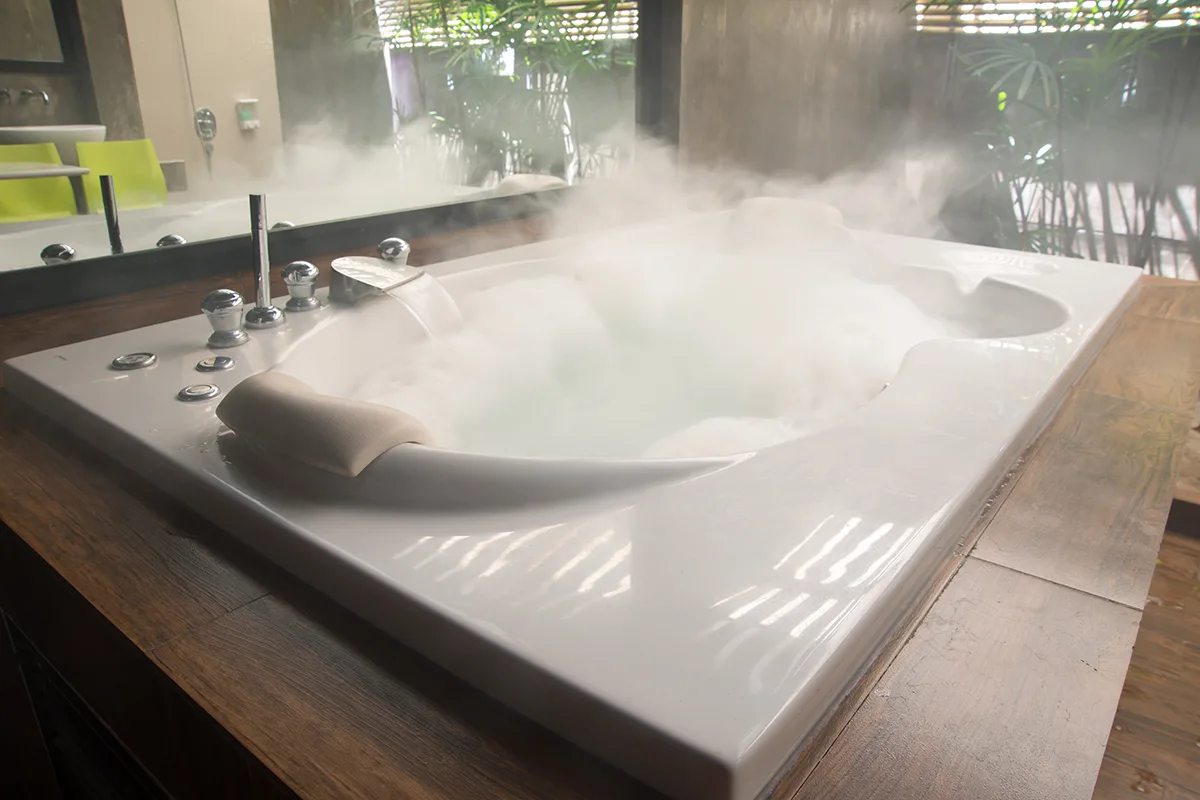

Bathroom Accessories
How To Keep Bathtub Water Hot
Published: February 18, 2024
Learn how to keep your bathtub water hot with the right bathroom accessories. Find out the best tips and products to maintain a comfortable water temperature.
(Many of the links in this article redirect to a specific reviewed product. Your purchase of these products through affiliate links helps to generate commission for Storables.com, at no extra cost. Learn more)
Insulating Your Bathtub
Insulating your bathtub is a practical and effective way to maintain the warmth of your bathwater for a longer, more indulgent soak. By taking this simple yet impactful step, you can ensure that your bathing experience remains comfortable and enjoyable, without the need to constantly add hot water.
Here's how you can insulate your bathtub to keep the water hot:
-
Seal the Gaps: Begin by inspecting the area around your bathtub for any gaps or openings that may allow heat to escape. Use a caulking gun to seal these gaps, ensuring that the warm air stays inside the bathroom and contributes to keeping the water temperature consistent.
-
Add Insulation: Consider adding insulation to the sides and bottom of your bathtub. This can be achieved by using insulating foam boards or reflective insulation. These materials help to trap the heat within the tub, preventing it from dissipating into the surrounding environment.
-
Install a Bathtub Insulation Kit: There are specialized bathtub insulation kits available in the market that are designed to minimize heat loss from the tub. These kits typically include insulating panels that can be easily attached to the sides and bottom of the bathtub, creating a barrier that retains the warmth of the water.
-
Use a Bathtub Mat: Placing a thick, insulating mat at the bottom of the bathtub can also help to maintain the water temperature. The mat acts as a buffer, preventing the heat from escaping through the base of the tub.
By insulating your bathtub using these methods, you can significantly reduce heat loss and prolong the duration for which your bathwater remains comfortably warm. This not only enhances your bathing experience but also contributes to energy conservation by minimizing the need for reheating the water.
Incorporating these insulation techniques into your bathroom routine can transform your bathing ritual into a luxurious and sustainable experience, allowing you to unwind in a soothing, warm bath for an extended period.
Key Takeaways:
- Keep your bathwater hot by insulating your bathtub with materials like insulating foam boards, reflective insulation, and bathtub insulation kits. This helps conserve energy and prolong your bathing experience.
- Enhance your bathing routine by using a bathtub cover to retain heat, installing a tankless water heater for continuous hot water, adding a hot water recirculation system for instant hot water, and using a hot water bottle for extended warmth.
Read more: How To Keep Water Warm In The Bathtub
Using a Bathtub Cover
Using a bathtub cover is a simple yet effective method to retain the heat of your bathwater, ensuring a more enjoyable and prolonged bathing experience. By employing this approach, you can prevent heat loss and maintain the water temperature, allowing you to luxuriate in a warm and soothing bath for an extended period.
Bathtub covers, also known as thermal covers or insulating covers, are designed to fit over the surface of the water in your bathtub, creating a barrier that helps to trap the heat and prevent it from escaping. These covers are typically made from insulating materials such as foam or vinyl, which are adept at retaining warmth.
When using a bathtub cover, it's essential to ensure that it fits snugly over the water's surface, forming a tight seal around the edges of the tub. This seal is crucial in preventing heat from dissipating into the surrounding air, thereby maintaining the temperature of the bathwater.
One of the key advantages of using a bathtub cover is its ability to conserve energy. By minimizing heat loss, the cover reduces the need to continually add hot water to sustain the desired temperature, resulting in energy savings and a more sustainable bathing routine.
Additionally, a bathtub cover serves as a protective barrier, preventing dust, debris, and other impurities from entering the bathwater when the tub is not in use. This helps to maintain the cleanliness and hygiene of the water, allowing you to enjoy a pristine bathing experience each time you indulge in a soak.
Furthermore, using a bathtub cover can contribute to safety by reducing the risk of accidental slips and falls. The cover creates a smooth, flat surface over the water, minimizing the potential for slipping when stepping in and out of the bathtub.
Incorporating a bathtub cover into your bathing regimen is a practical and cost-effective way to enhance your overall bathing experience. Whether you prefer leisurely soaks or quick refreshing baths, the use of a bathtub cover can help to preserve the warmth of the water, allowing you to relax and unwind without the concern of the water cooling too quickly.
By embracing the use of a bathtub cover, you can elevate your bathing ritual, ensuring that each experience is characterized by comfort, warmth, and tranquility. This simple addition to your bathroom accessories can make a significant difference in the enjoyment and efficiency of your bathing routine.
Installing a Tankless Water Heater
Installing a tankless water heater is a strategic and efficient approach to ensuring a consistent supply of hot water for your bathtub, offering numerous benefits that cater to both convenience and sustainability. Unlike traditional water heaters that store and continuously heat a large volume of water, tankless water heaters, also known as on-demand water heaters, heat water only when it is needed, providing a continuous flow of hot water without the limitations of a storage tank.
When considering the installation of a tankless water heater for your bathtub, it's essential to assess the specific requirements and feasibility of this upgrade. Here's a detailed overview of the process and advantages associated with installing a tankless water heater:
Understanding the Installation Process
-
Assessment of Existing Plumbing: Before proceeding with the installation, it's crucial to evaluate the existing plumbing infrastructure to determine the compatibility of the tankless water heater. This assessment involves identifying the appropriate location for the heater and ensuring that the necessary connections and ventilation can be established.
-
Selection of the Right Unit: Tankless water heaters come in various sizes and capacities, catering to different household needs. It's essential to select a unit that aligns with the hot water demand of your bathtub and other fixtures. Factors such as flow rate, temperature rise, and energy efficiency should be considered when choosing the appropriate unit.
-
Professional Installation: Due to the technical intricacies involved in installing a tankless water heater, it is advisable to engage the services of a qualified plumber or technician. Professional installation ensures that the heater is integrated seamlessly into the existing plumbing system, adhering to safety standards and regulatory requirements.
-
Ventilation and Exhaust: Proper ventilation and exhaust mechanisms are essential components of the installation process. Tankless water heaters require adequate airflow and venting to expel combustion byproducts safely. The installation of vents and exhaust systems should be carried out meticulously to ensure optimal performance and safety.
Advantages of a Tankless Water Heater
-
Endless Hot Water: One of the primary benefits of a tankless water heater is its ability to provide a continuous supply of hot water. This is particularly advantageous for filling a bathtub, as there is no concern about depleting a finite reservoir of hot water.
-
Energy Efficiency: Tankless water heaters are renowned for their energy efficiency, as they only heat water on demand, eliminating the standby heat loss associated with traditional water heaters. This results in reduced energy consumption and lower utility costs over time.
-
Space-Saving Design: Unlike conventional water heaters that require substantial space for the storage tank, tankless water heaters are compact and can be mounted on walls, freeing up valuable floor space in the utility area.
-
Longevity and Durability: Tankless water heaters are designed to have a longer lifespan compared to traditional units, offering reliable performance and requiring minimal maintenance over the years.
By embracing the installation of a tankless water heater for your bathtub, you can elevate the efficiency and convenience of your bathing experience while embracing sustainable practices. The seamless integration of this advanced water heating technology ensures that you have access to a consistent supply of hot water, allowing you to indulge in luxurious and rejuvenating baths without limitations.
Read more: How To Adjust Hot Water In Bathtub
Adding Hot Water Recirculation System
Adding a hot water recirculation system to your bathroom infrastructure can revolutionize the way you experience and utilize hot water, particularly when it comes to filling your bathtub. This innovative system is designed to minimize the wait time for hot water, ensuring that it is readily available at the desired temperature whenever you need it. By implementing a hot water recirculation system, you can optimize the efficiency of your bathing routine while conserving water and energy.
The primary function of a hot water recirculation system is to circulate hot water through the plumbing lines, maintaining a constant supply of heated water at each fixture in your home, including the bathtub. This is achieved through the installation of a recirculation pump, which is strategically positioned to facilitate the continuous flow of hot water, eliminating the need to run the tap for an extended period to achieve the desired temperature.
The installation of a hot water recirculation system involves several key components and considerations:
-
Recirculation Pump: The heart of the system, the recirculation pump is responsible for moving hot water through the plumbing lines, ensuring that it reaches the fixtures without delay. The pump is typically installed near the water heater and is equipped with sensors and timers to activate the recirculation process when hot water is required.
-
Dedicated Return Line or Recirculation Loop: In some configurations, a dedicated return line is established to facilitate the circulation of hot water back to the water heater, maintaining a continuous loop of heated water. Alternatively, certain systems utilize the cold water line as a return path, directing excess hot water back to the heater through this integrated loop.
-
Thermostatic Control Valve: To further enhance the efficiency of the recirculation system, a thermostatic control valve may be incorporated near the fixture, allowing for precise temperature regulation and preventing the mixing of hot and cold water during the recirculation process.
The benefits of integrating a hot water recirculation system into your bathroom, particularly for filling the bathtub, are multifaceted:
-
Instant Hot Water: With a recirculation system in place, you no longer have to endure the inconvenience of waiting for the water to reach the desired temperature. The system ensures that hot water is available on demand, allowing you to fill your bathtub promptly and enjoy a relaxing soak without delay.
-
Water Conservation: By eliminating the need to run the tap for an extended period to access hot water, a recirculation system contributes to water conservation. This not only reduces water wastage but also promotes eco-friendly practices within your household.
-
Energy Efficiency: The efficient delivery of hot water provided by a recirculation system translates to energy savings, as it minimizes the time and energy required to heat water for various purposes, including bathing. This aligns with sustainable living principles and can lead to reduced utility costs over time.
-
Enhanced Comfort and Convenience: The seamless availability of hot water enhances the overall comfort and convenience of your bathing experience. Whether you prefer a quick, invigorating shower or a leisurely soak in the bathtub, the recirculation system ensures that hot water is readily accessible, allowing you to tailor your bathing routine to your preferences.
Incorporating a hot water recirculation system into your bathroom infrastructure presents a transformative opportunity to streamline your access to hot water, particularly when filling the bathtub. This innovative addition not only enhances the efficiency and convenience of your bathing routine but also aligns with sustainable practices, contributing to a more eco-conscious and enjoyable bathing experience.
Using a Hot Water Bottle
Using a hot water bottle is a traditional yet remarkably effective method for maintaining the warmth of your bathwater, offering a simple yet reliable solution to ensure a cozy and indulgent bathing experience. This time-honored practice involves utilizing a rubber or silicone bottle, specifically designed for holding hot water, to supplement the heat retention in your bathtub. By incorporating a hot water bottle into your bathing routine, you can prolong the warmth of the water and enhance the overall comfort of your bath.
The process of using a hot water bottle to keep your bathtub water hot is straightforward and versatile. Here's a detailed overview of how to effectively integrate a hot water bottle into your bathing ritual:
Preparation and Filling
-
Selecting the Right Bottle: Choose a high-quality hot water bottle made from durable materials such as rubber or silicone. Opt for a size that complements the volume of your bathtub, ensuring that the bottle can effectively retain heat for an extended period.
-
Filling with Hot Water: Carefully fill the hot water bottle with hot water from your tap or kettle. Take caution to avoid scalding and ensure that the bottle is securely sealed to prevent any leakage.
-
Securing the Cap: Once filled, securely fasten the cap of the hot water bottle to prevent any water from escaping. Confirm that the seal is tight and reliable to avoid any potential spills.
Placement and Application
-
Submerging in the Bathtub: Gently place the filled hot water bottle into the bathtub, allowing it to float on the surface of the water. Position the bottle strategically to disperse the heat evenly throughout the bath.
-
Monitoring the Temperature: Periodically check the temperature of the bathwater to gauge the effectiveness of the hot water bottle in retaining heat. Adjust the positioning of the bottle as needed to optimize its impact on the water temperature.
-
Sustaining Warmth: As you immerse yourself in the bath, the hot water bottle will continue to release heat, contributing to the maintenance of the water temperature. This supplementary heat source ensures that your bath remains comfortably warm and inviting throughout your bathing session.
Benefits and Considerations
- Extended Heat Retention: The hot water bottle serves as a supplementary heat reservoir, extending the duration for which your bathwater remains warm and inviting.
- Localized Heat Enhancement: By strategically positioning the hot water bottle, you can concentrate additional warmth in specific areas of the bathtub, catering to your personal preference for heat distribution.
- Eco-Friendly and Cost-Effective: Utilizing a hot water bottle promotes energy conservation by reducing the need for continuous reheating of the bathwater, contributing to sustainable and cost-efficient bathing practices.
Incorporating a hot water bottle into your bathing routine offers a practical and versatile approach to sustaining the warmth of your bathwater. This timeless method not only enhances the comfort and enjoyment of your baths but also aligns with eco-conscious principles, making it a valuable addition to your bathroom accessories.
Frequently Asked Questions about How To Keep Bathtub Water Hot
Was this page helpful?
At Storables.com, we guarantee accurate and reliable information. Our content, validated by Expert Board Contributors, is crafted following stringent Editorial Policies. We're committed to providing you with well-researched, expert-backed insights for all your informational needs.
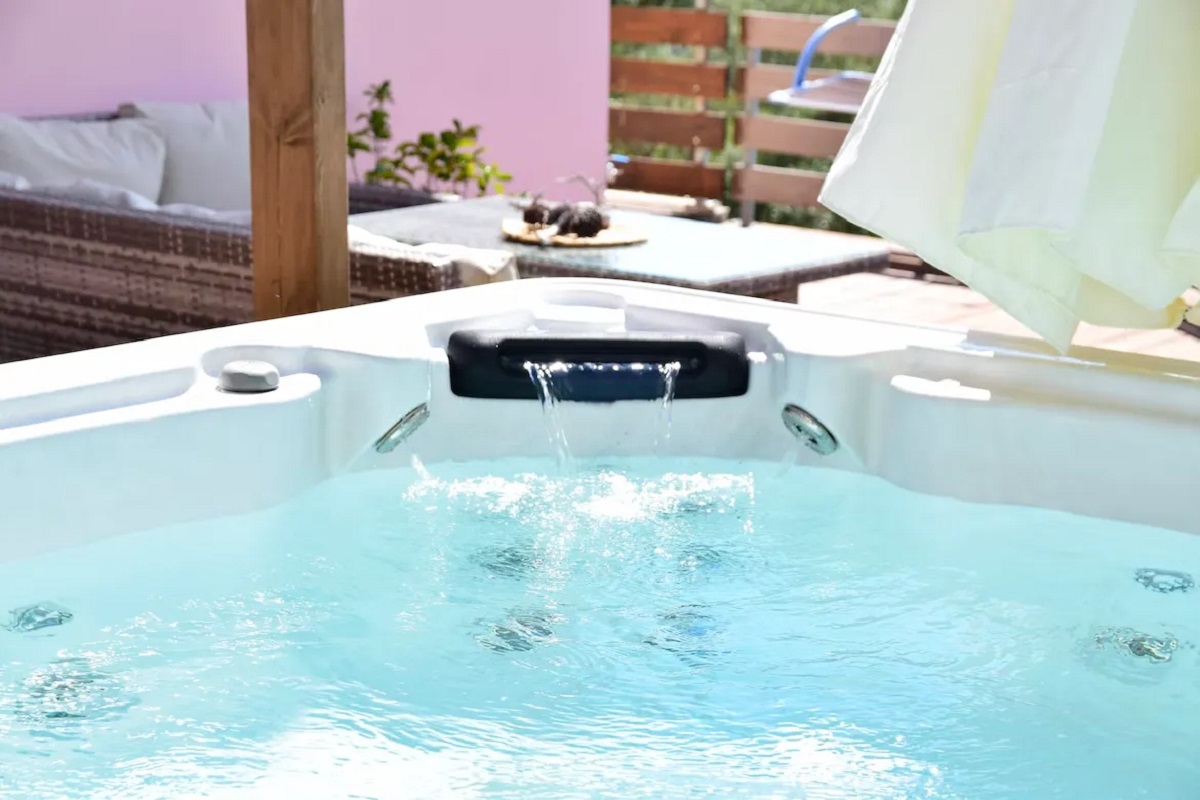
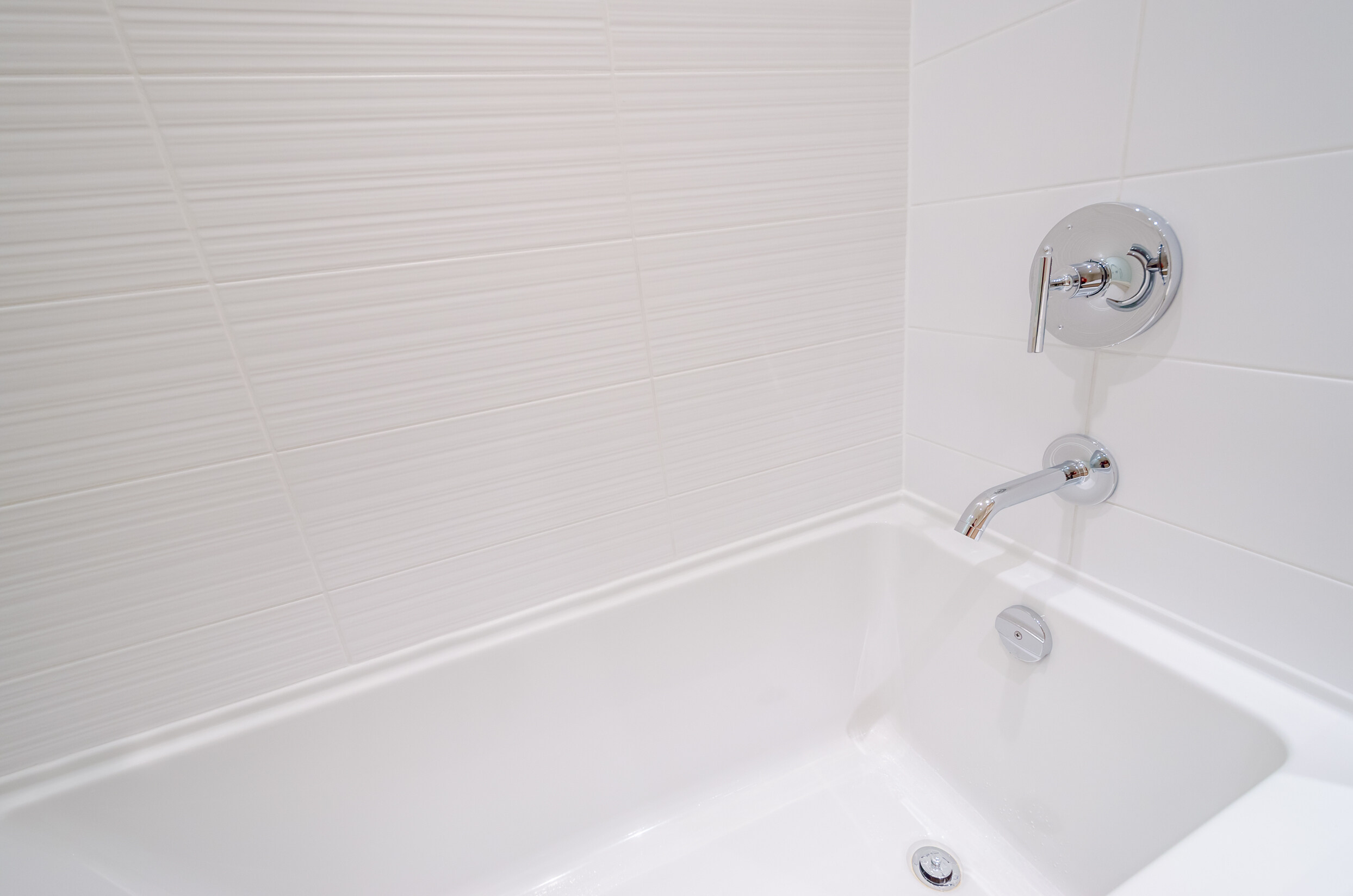
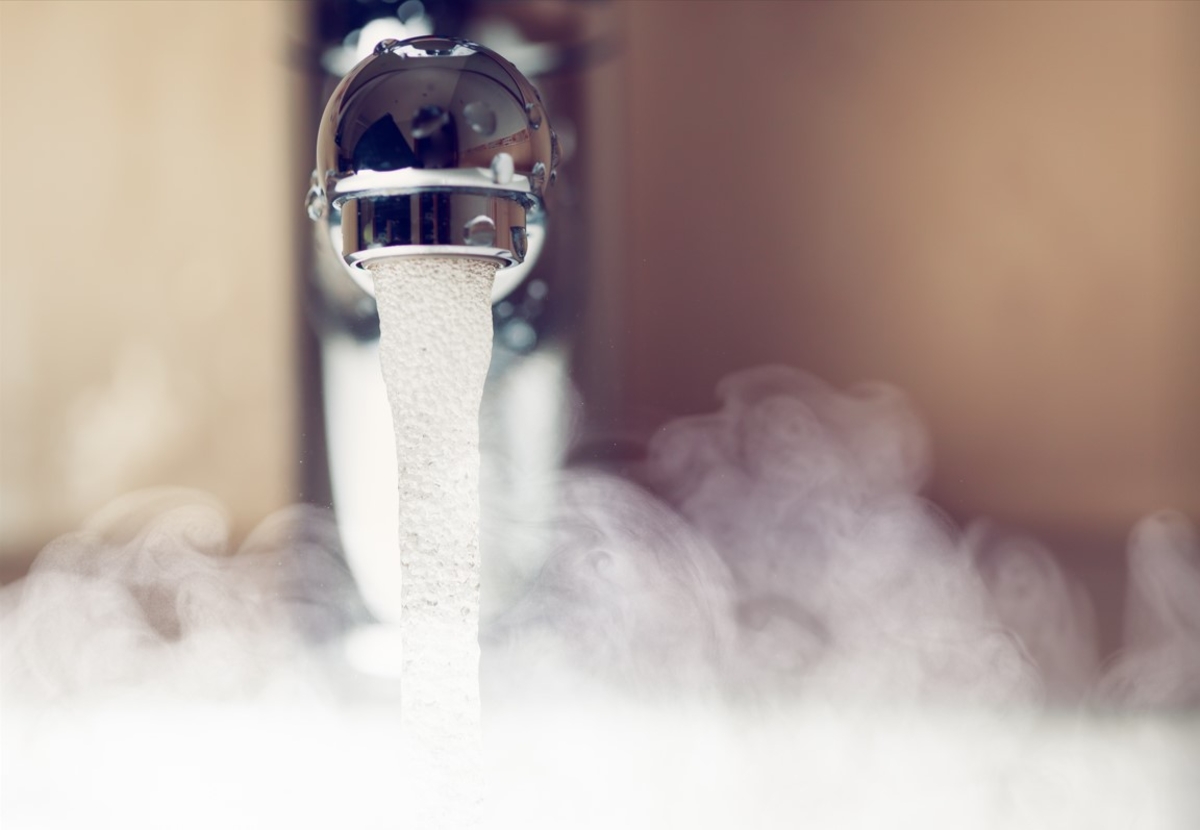
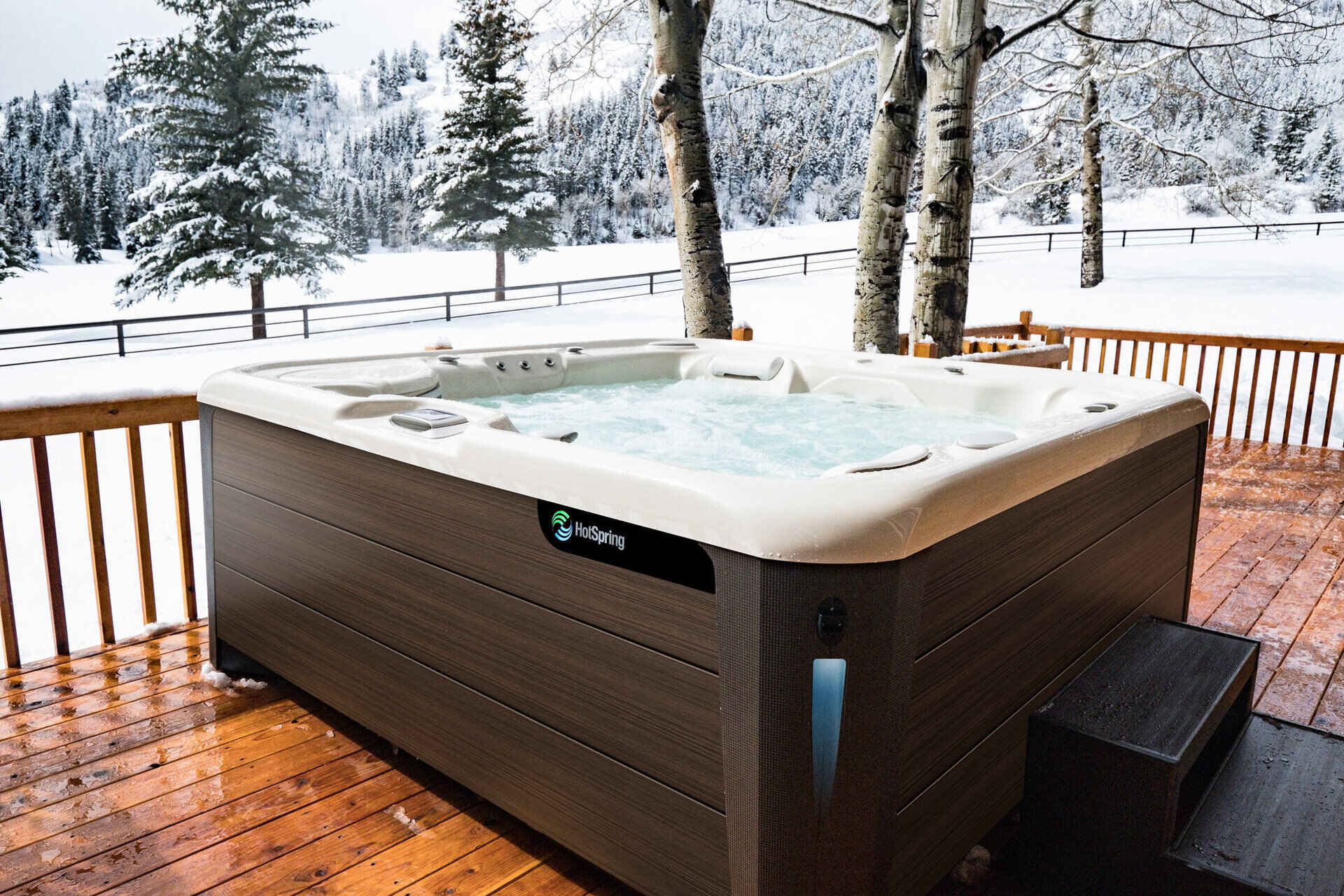
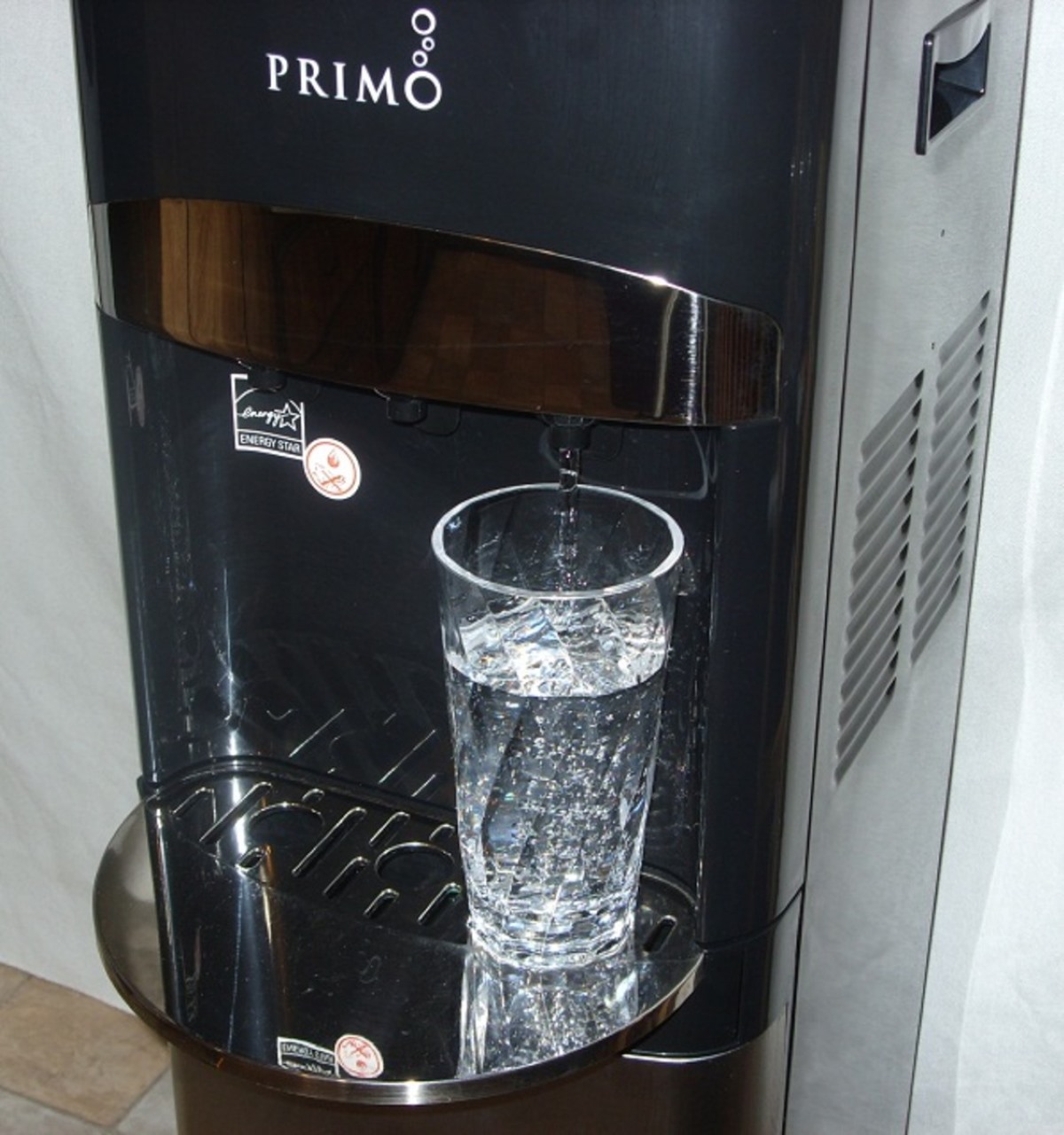
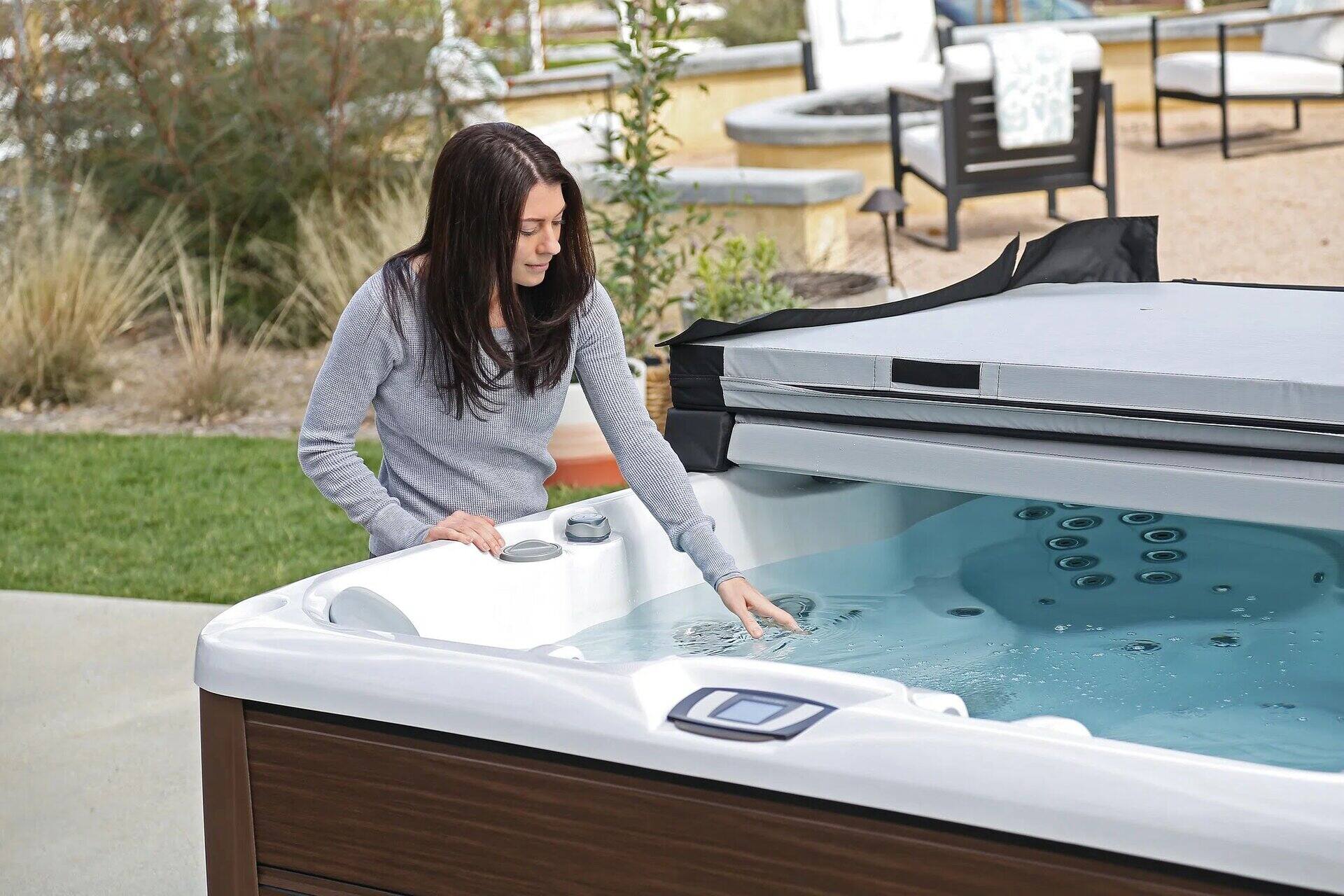
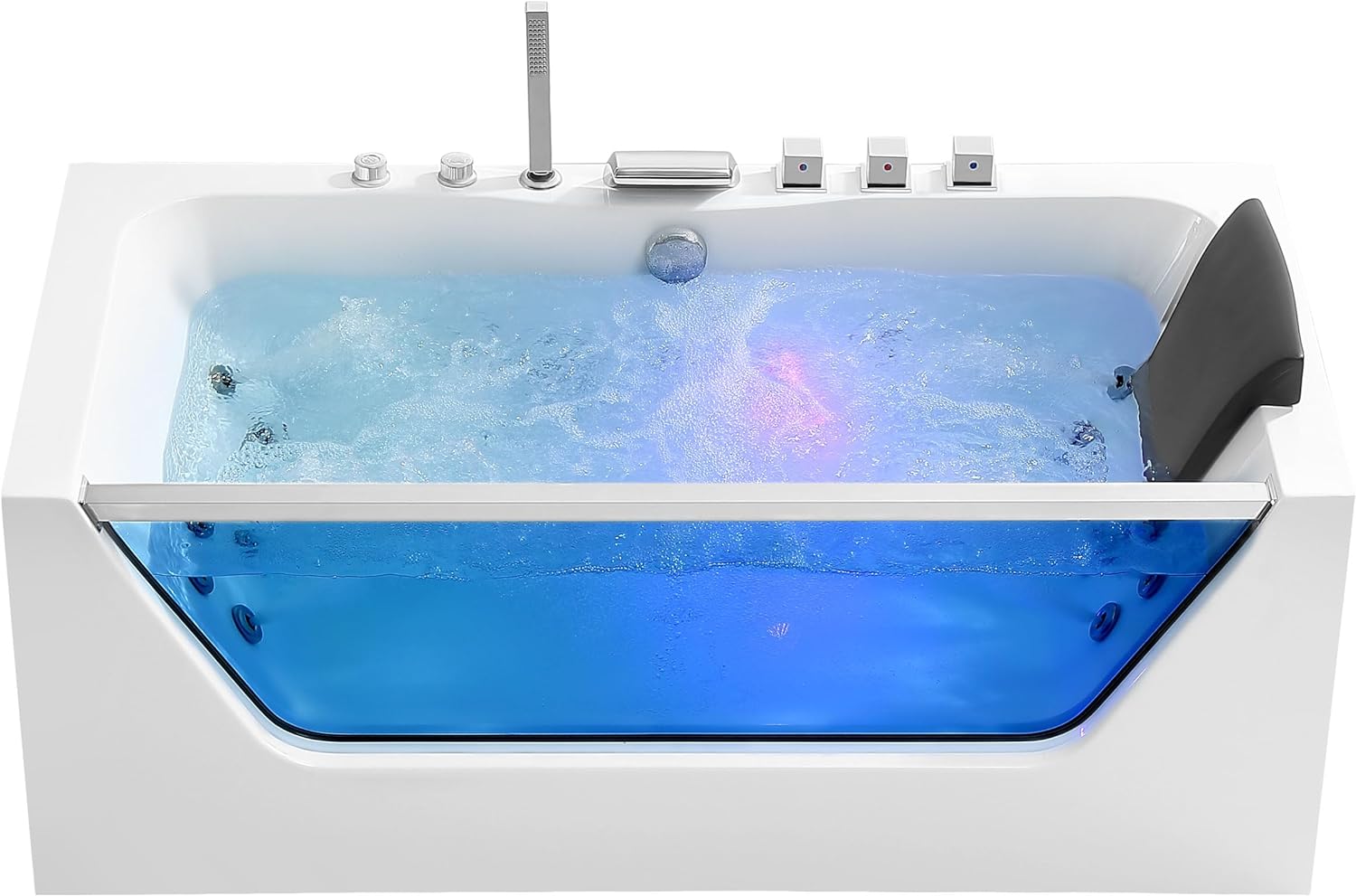
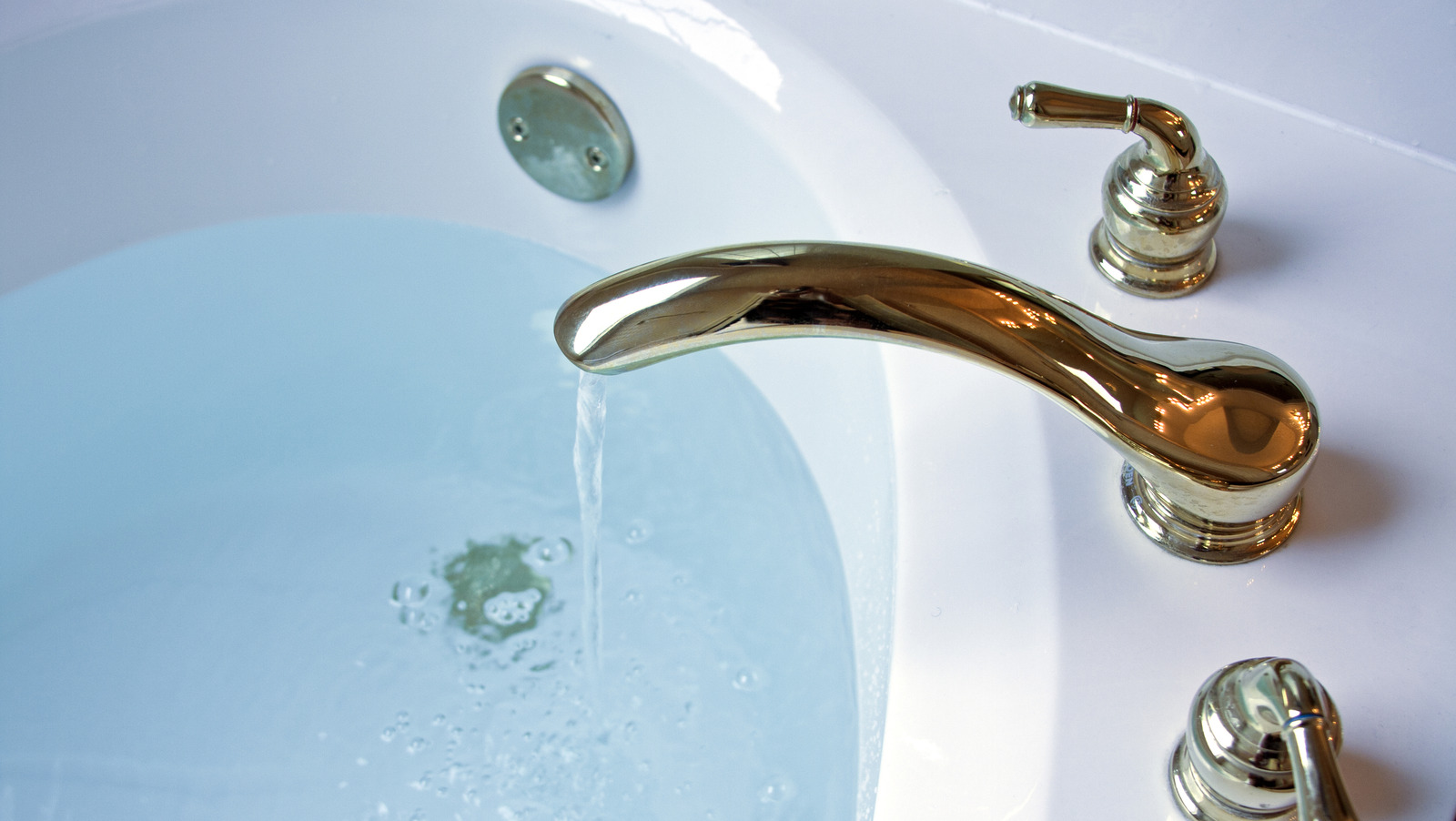
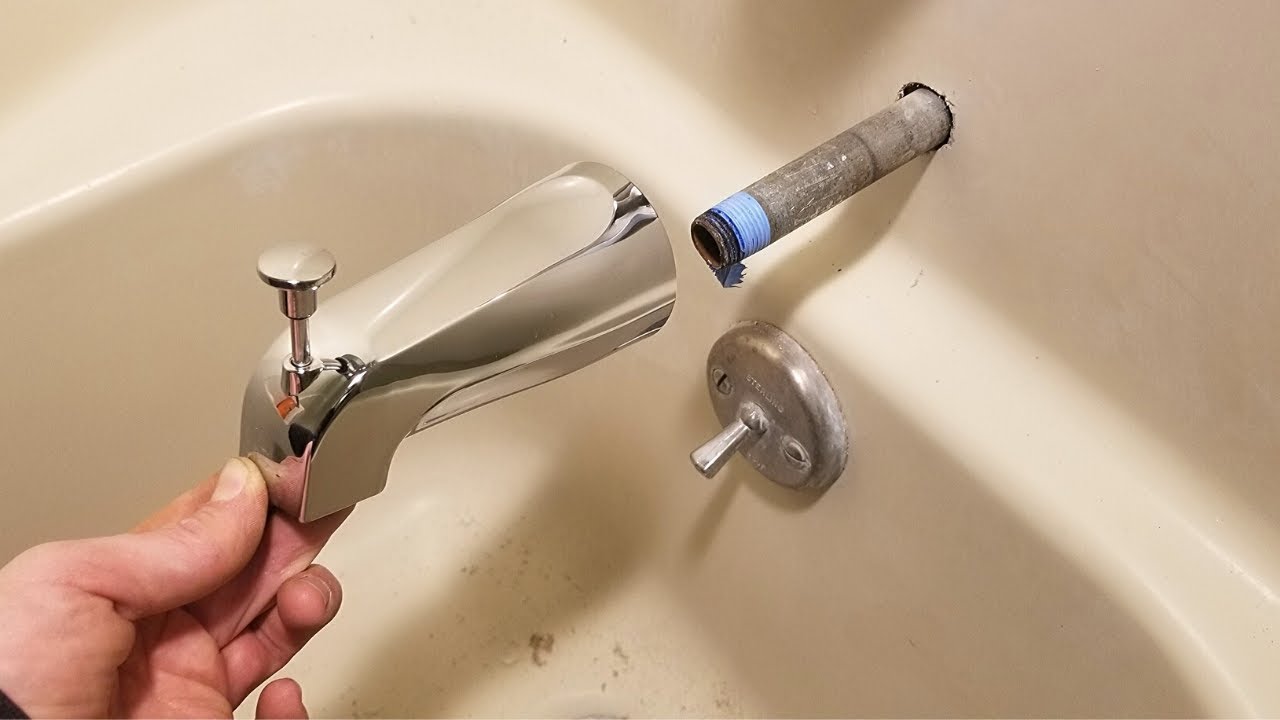
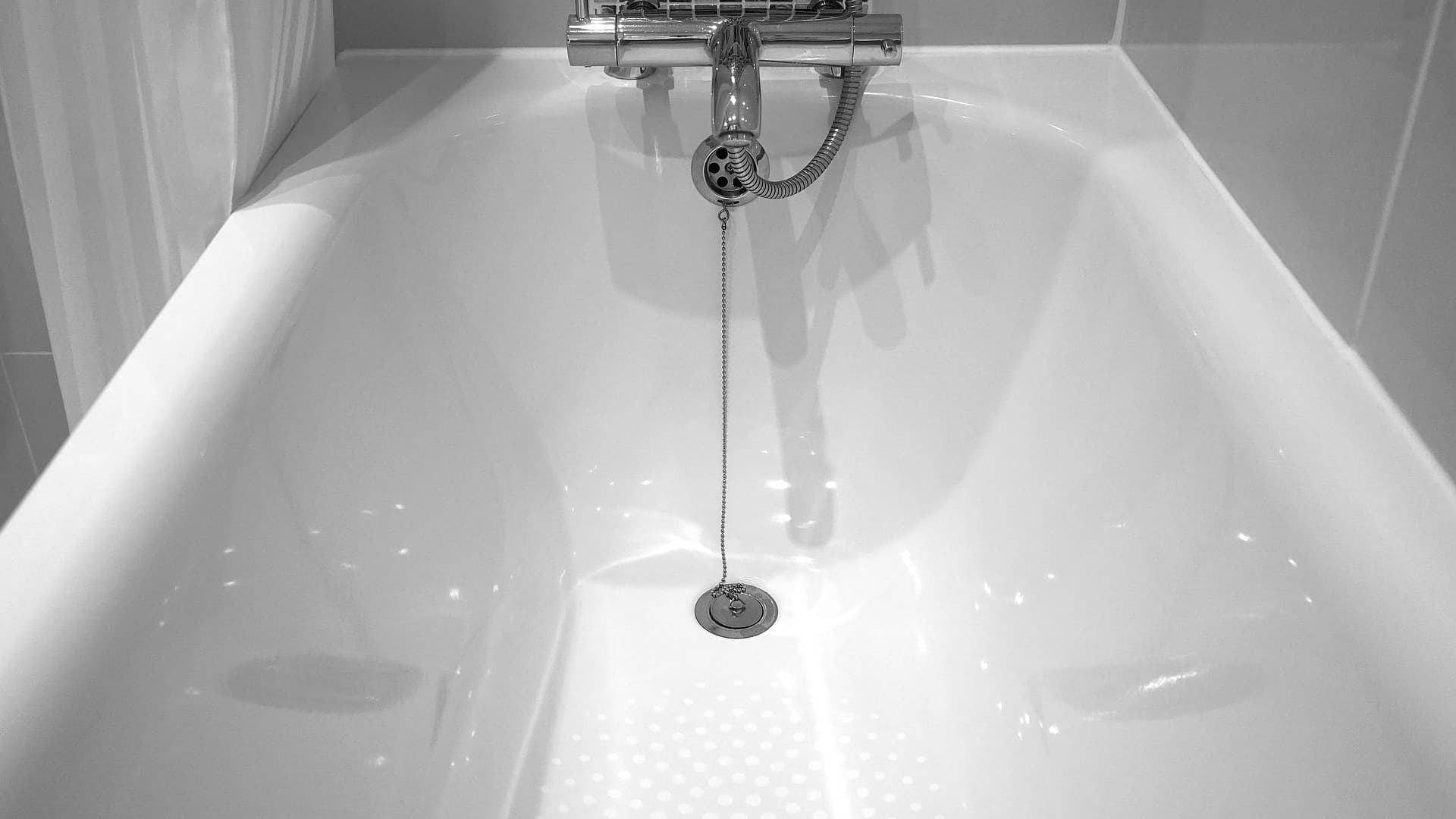
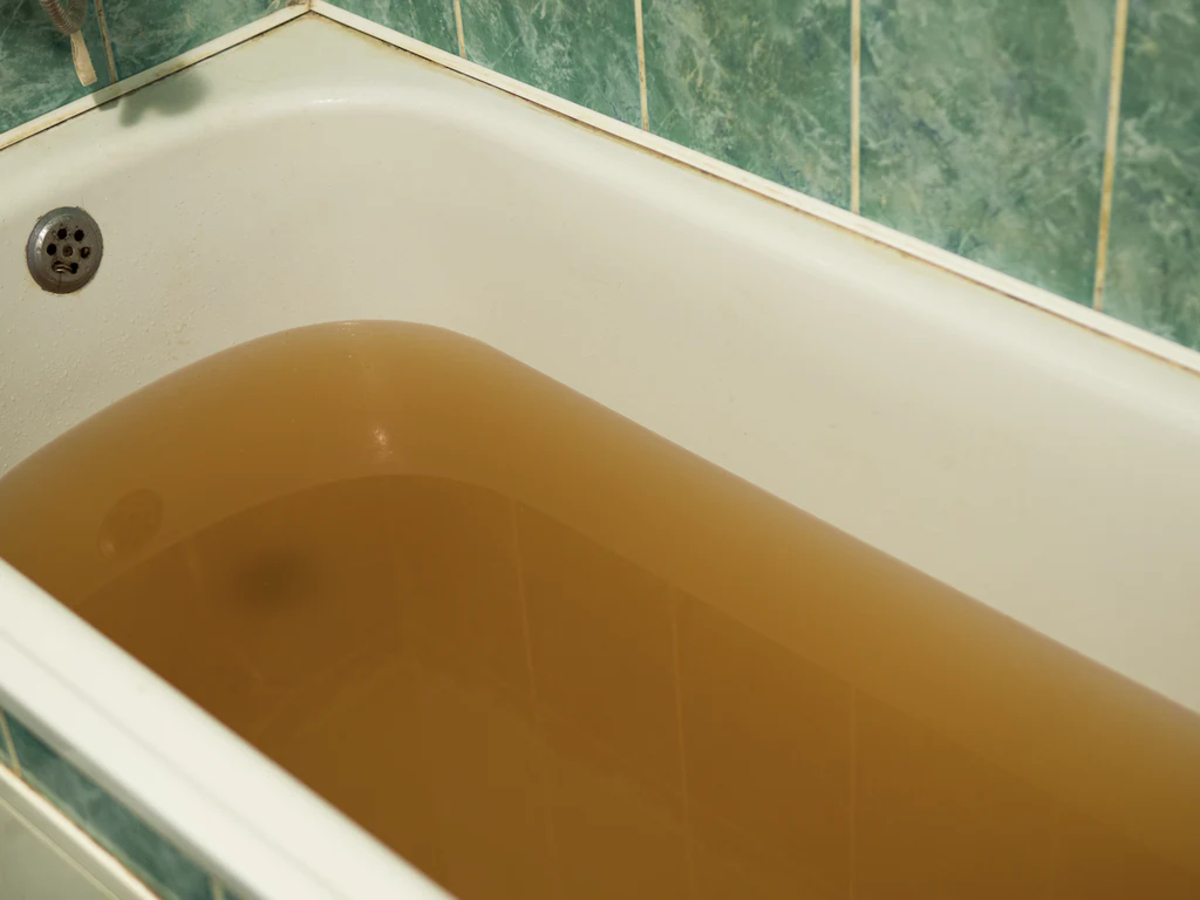
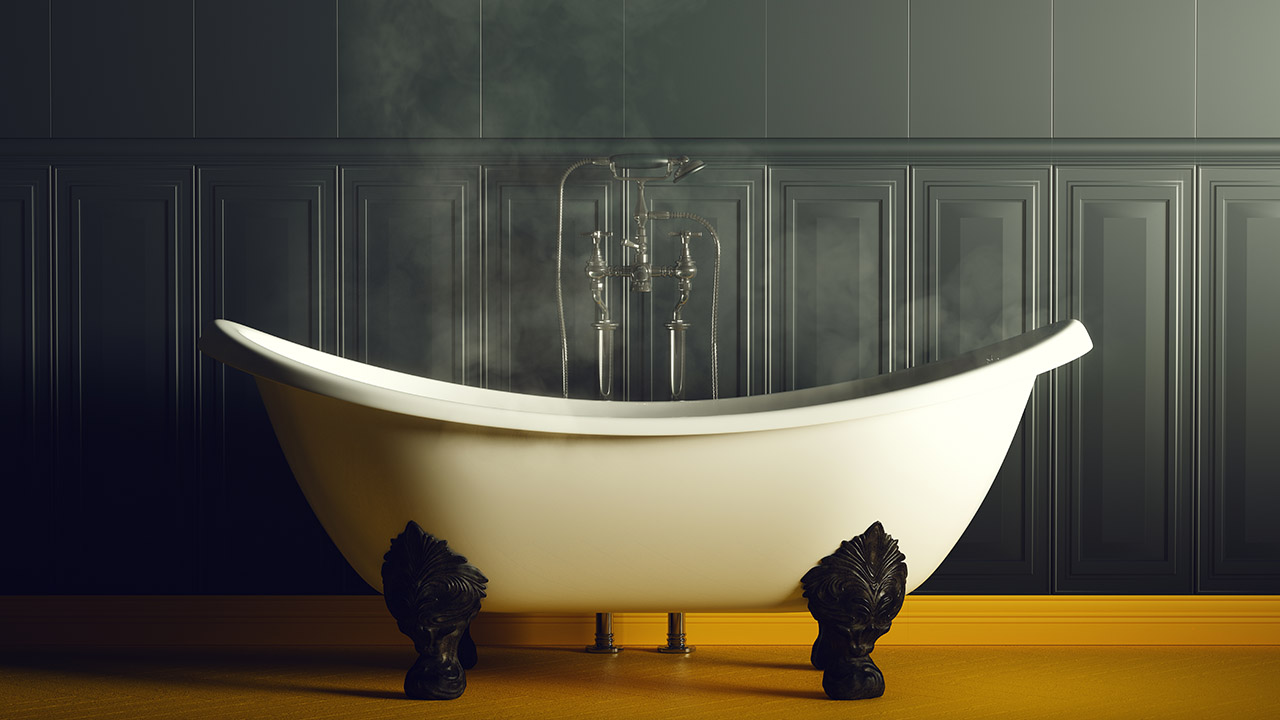
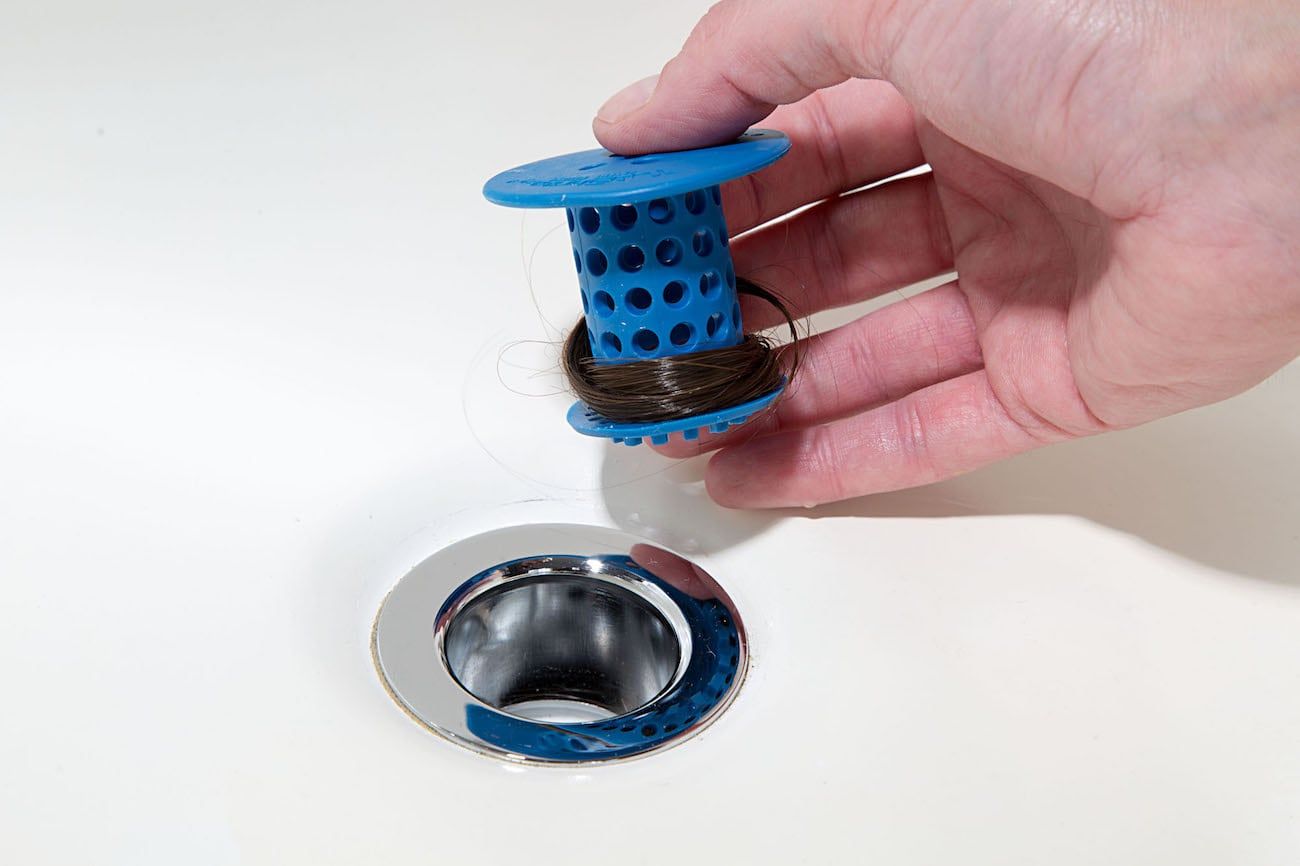

0 thoughts on “How To Keep Bathtub Water Hot”